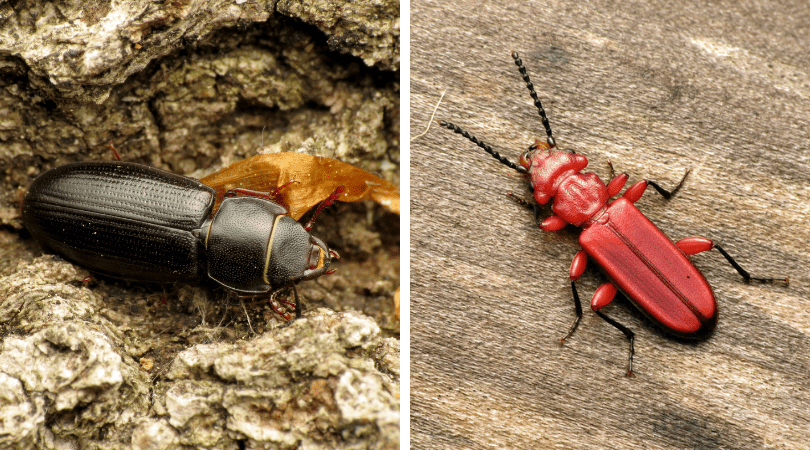
by Shadow Habitat | Sep 30, 2021 | Feature Articles
Known as the Evergreen State, Washington is replete with many different species of trees. There are also plenty of diseases that can harm them. The leaves, roots, or branches of various tree species can become infected with diseases that lead to wood decay, reduced...

by Shadow Habitat | Sep 20, 2021 | Science Communications
Lodgepole pines grow abundantly throughout North America. Known for its straight, slender, and tall trunks, the lodgepole pine is commonly used to build lodges and cabins. Lodgepole pines are unique because they need fire to reproduce. They have serotinous cones or...

by Shadow Habitat | Sep 20, 2021 | Native animals
Bark BeetlesBark beetles are both friends and foes. They are native decomposers, pollinators, and food for wildlife in Washington state forests, but they also cause tree mortality which is exacerbated by climate change. Bark beetle species in Washington include red...

by Shadow Habitat | Aug 25, 2021 | Science Communications
SHADOW Lake Nature Preserve was featured in the Journal of Biodiversity Data in an article by Will K. Reeves, Jeremy R. Shaw, and Mark Wetzel all thanks to a worm that was found in Shadow Lake Bog. The potworm (Cognettia sphagnetorum) can be found in European...

by Shadow Habitat | Aug 20, 2021 | Native plants
Bog Laurel – Kalmia MicrophyllaBog laurel, also known as swamp laurel, is a short shrub with oppositely arranged, leathery, glossy leaves. Its stems stand erect, and its small, pink flowers are found in clusters. The fruit are woody capsules that have long...








Recent Comments